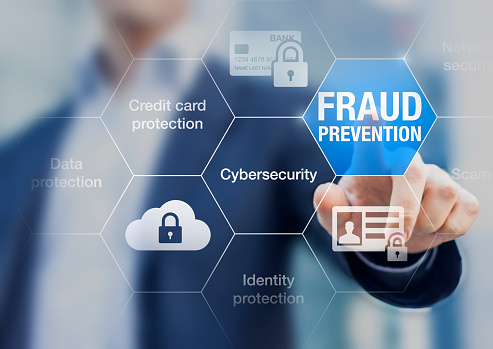
©NicoElNino/ISTOCK/THINKSTOCK
Fraudulent use of purchasing or procurement cards (P-Cards) and fraudulent claims for travel and entertainment expenses (T&E) rank among the most commonly occurring types of employee fraud.
Both T&E and P-Cards are areas that typically involve very large volumes of transactions. At the same time, effective controls in both areas usually depend upon regular approvals by appropriately authorized individuals. What often happens is that, over time, review and approval processes become less stringent and effective. Employees are often quick to realize that this is happening and learn ways to further circumvent an increasingly weak control system.
So, what can you do about it?
Although instances of P-Card and T&E fraud are commonplace, they are both areas that are relatively easy to address. Most organizations start by ensuring that there is an appropriate tone at the top, clearly defined ethical policies and well-designed controls. These are, of course, the right places to start when implementing any program designed to address employee fraud.
P-Card and T&E are both areas in which the use of technology has a critical role to play in identifying indicators of fraud and stopping fraudsters in their tracks— particularly data analysis. By analyzing millions of transactions and looking for a variety of indicators of fraud, data analysis can make up for control weaknesses and rapidly identify where fraud has occurred.

How is data analysis actually used to detect purchasing card and T&E fraud?
There are two primary ways in which data analysis is generally used to detect a broad range of types of fraud, including P-Card and T&E fraud.
- The first is to analyze entire populations of transactional data to look for various forms of anomalies. This often includes data from a wide range of systems, including third parties such as credit card vendors and expense card management systems such as Concur. Transactional data analysis does not necessarily prove that fraud has occurred, but it can be a very effective way of highlighting a situation that just does not seem to make sense and warrants further investigation. Why, for example, would one employee with the same job responsibilities as a hundred others claim 50 percent more travel expenses? There could be several valid reasons why this could be justified. But if no reasons are obvious, then it could be a valid indicator of increased risk of fraud having occurred
- The second and more specific approach is to analyze transactions for indicators of known fraud risks. An employee may be authorized, for example, to use a P-Card for purchases of specific business items. If an analysis of P-Card data shows that a purchase was made from a consumer products store, this could be a strong indication of an actual fraud.
To learn more about the critical role that data analysis plays in effective fraud detection, download this guide for:
- Examples of common data analysis tests used to identify indicators of P-Card and T&E fraud
- How to manage the entire fraud detection process to support overall risk management
- 11 basic steps to create an effective and sustainable automated fraud detection process
Get your copy of Combatting Purchasing Card and T&E Expense Fraud here.